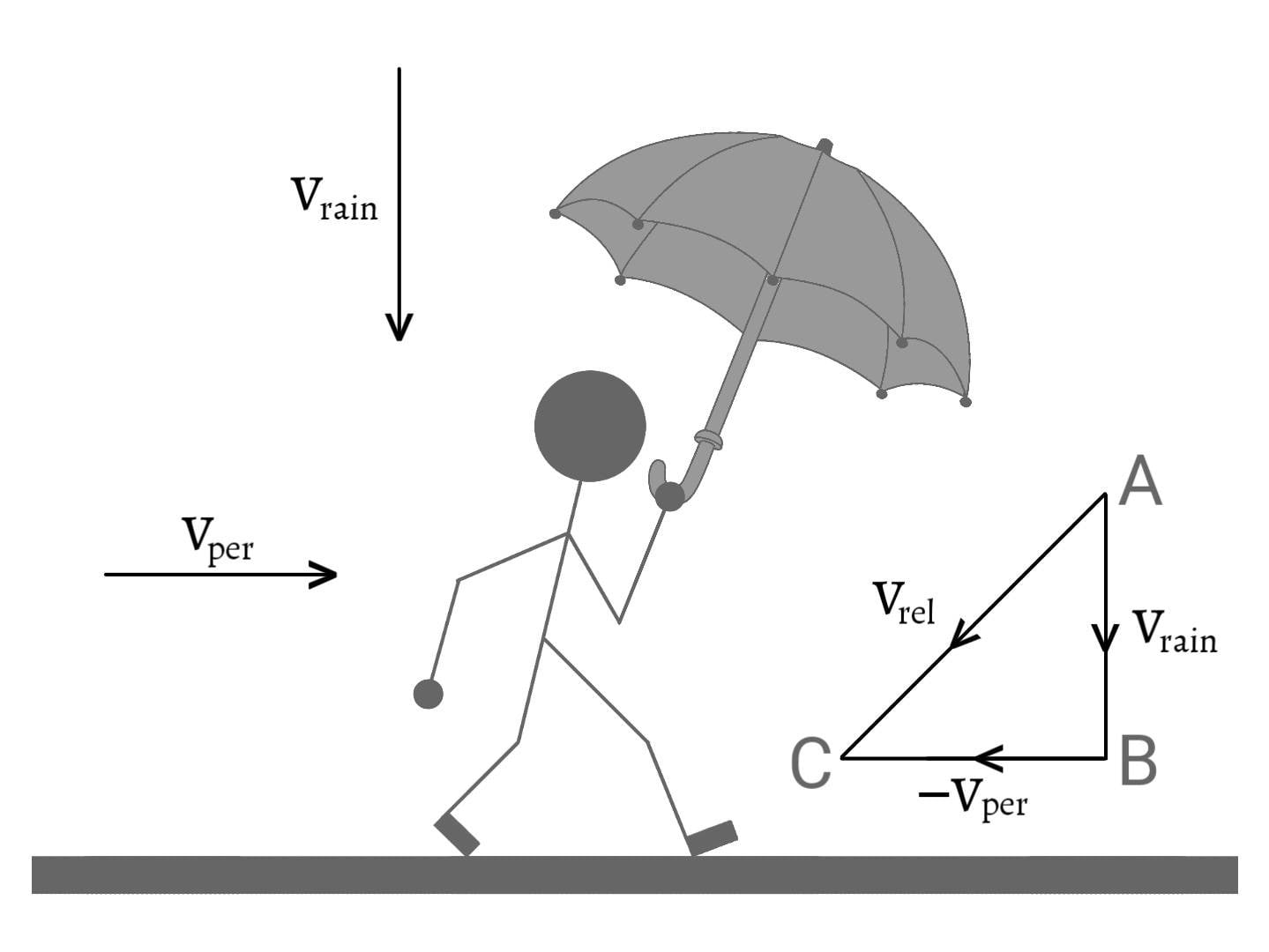Let $h$ be the height reached by the body in time $t$ when thrown vertically upwards by a velocity $u$. Then, \[v=u-gt\] \[0=u-gt\] \[\therefore t = \frac{u}{g}\]
and, \[v^2 = u^2 – 2gh\] \[0 = u^2 – 2gh \] \[\therefore h = \frac{u^2}{2g}\]
When the body comes down, it has to travel down the same distance. \[\therefore h’ = h = \frac{u^2}{2g}\]
The body comes down with initial velocity $u’ = 0$.
\[\therefore h’ = u’t+\frac{1}{2}g{t’}^2\]
\[h’ = 0 + \frac{1}{2}g{t’}^2\]
\[\therefore t’ = \sqrt{\frac{2h’}{g}} = \sqrt{\frac{2u^2}{g×2g}} = \frac{u}{g} = t\]
Thus, the time required to reach the highest point and the time required to come back to the same point is same.
[The equations used above are deduced from Motion Under Gravity]
SIMILAR QUESTIONS
Can an object have velocity and acceleration in perpendicular directions?

![Circular Motion of a Body [Velocity and Acceleration Perpendicular to each other]](https://ankplanet.com/wp-content/uploads/2022/08/sketch-1659579801979.jpg)
